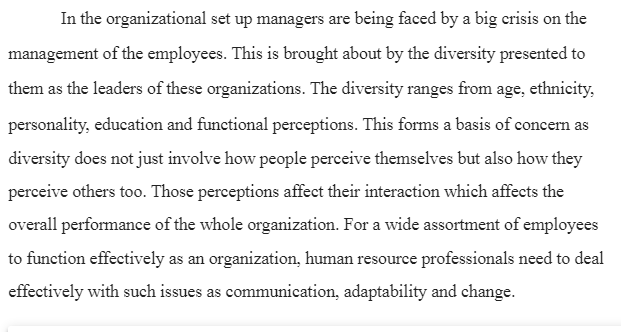Dealing with Diversity in the Workplace
For the last half-century, the workforce in the United States has been undergoing tremendous demographic changes. For example, in 2009 women accounted for almost 48% of American workforce, compared to 37% in 1970 (Barsh & Yee, 2011). Additionally, workers under the age of 44, and those most likely to be in school, college, or professional training, are more ethnically and racially diverse than ever before (Policy Alert, 2005). This is only diversity of gender, race, and ethnicity; consider how managers today must also lead increasingly diverse teams in terms of age, experience, nationality, geographic location, and even diversity of thinking styles. Contemporary businesses draw employees from a more diverse pool of talent than ever before. To be successful, top managers must understand how to develop and lead diverse teams.
Managing a group composed of individuals with unique cultures, backgrounds, personalities, and abilities can be a daunting task. As a manager, it is your responsibility to ensure that team and group interactions are successful. As you review the Learning Resources this week to prepare for your Discussion posting, think about how you define diversity and diversity affects teams. Pay particular attention to the media resource, “Will Differences Doom the Team,” which presents some of the challenges managers face when leading a diverse team, and consider the key competencies managers must possess to effectively manage a diverse team. As you prepare for your post, consider what diversity means for you and how the diversity you have encountered in your professional experience have impacted how the team functions.
Post by Day 3 your response that includes the following:
- Explain the types of diversity you have encountered in your professional experience and the challenges that each type of diversity posed to a team’s performance. Include in your explanation how a manager can leverage a team’s diversity to improve its performance.
- Explain the challenges posed by managing, and working within, a diverse team. In your explanation, include how managers should motivate individuals within a diverse team environment who are likely to have differing, and at times, clashing priorities.
Answer Preview-Dealing with Diversity in the Workplace

